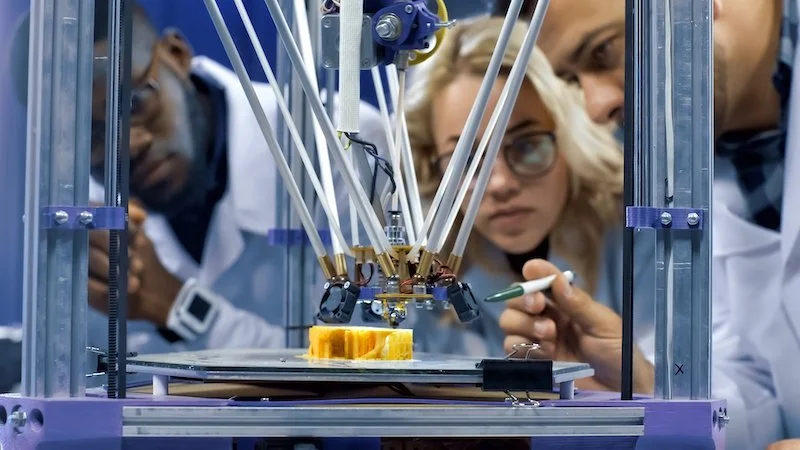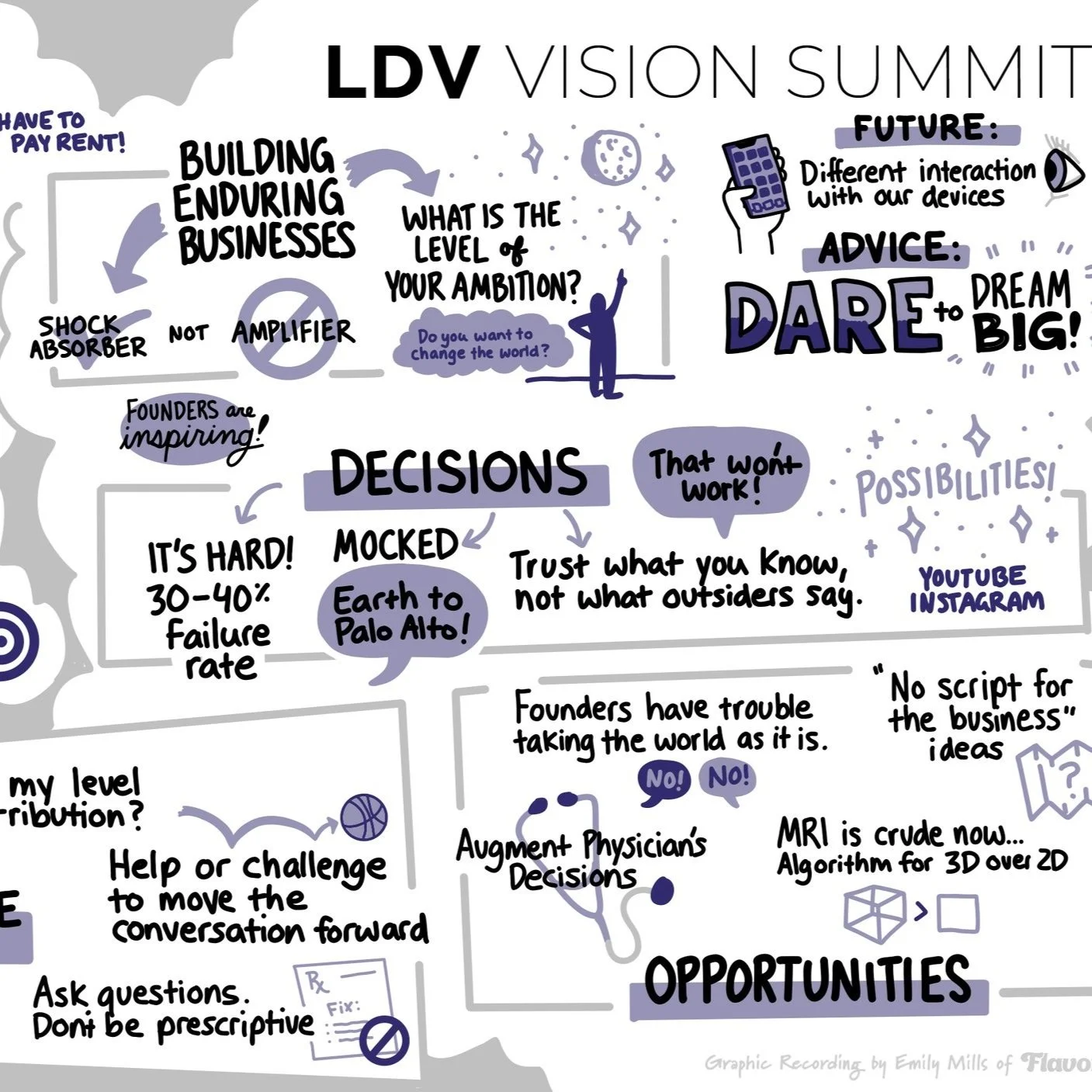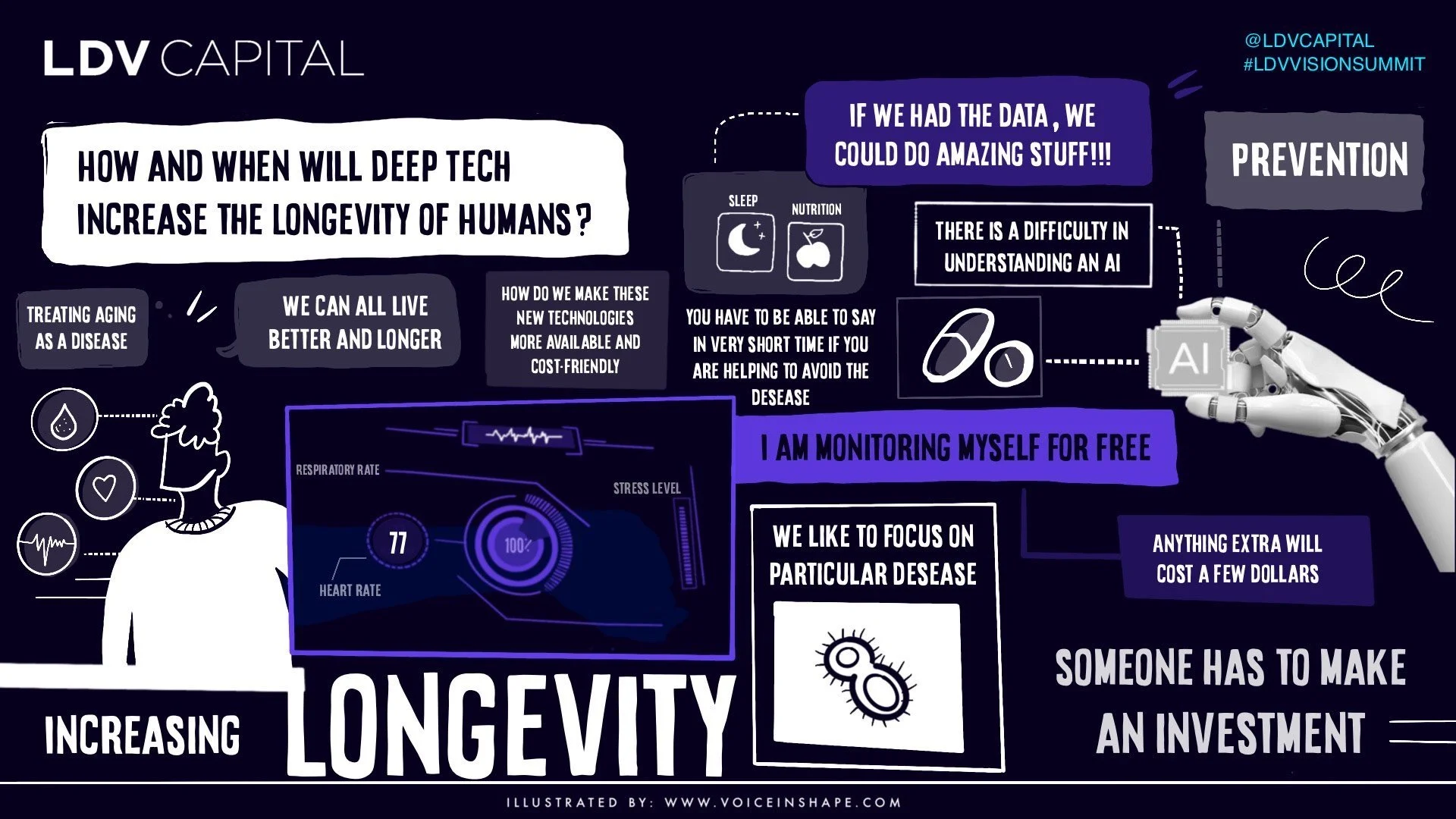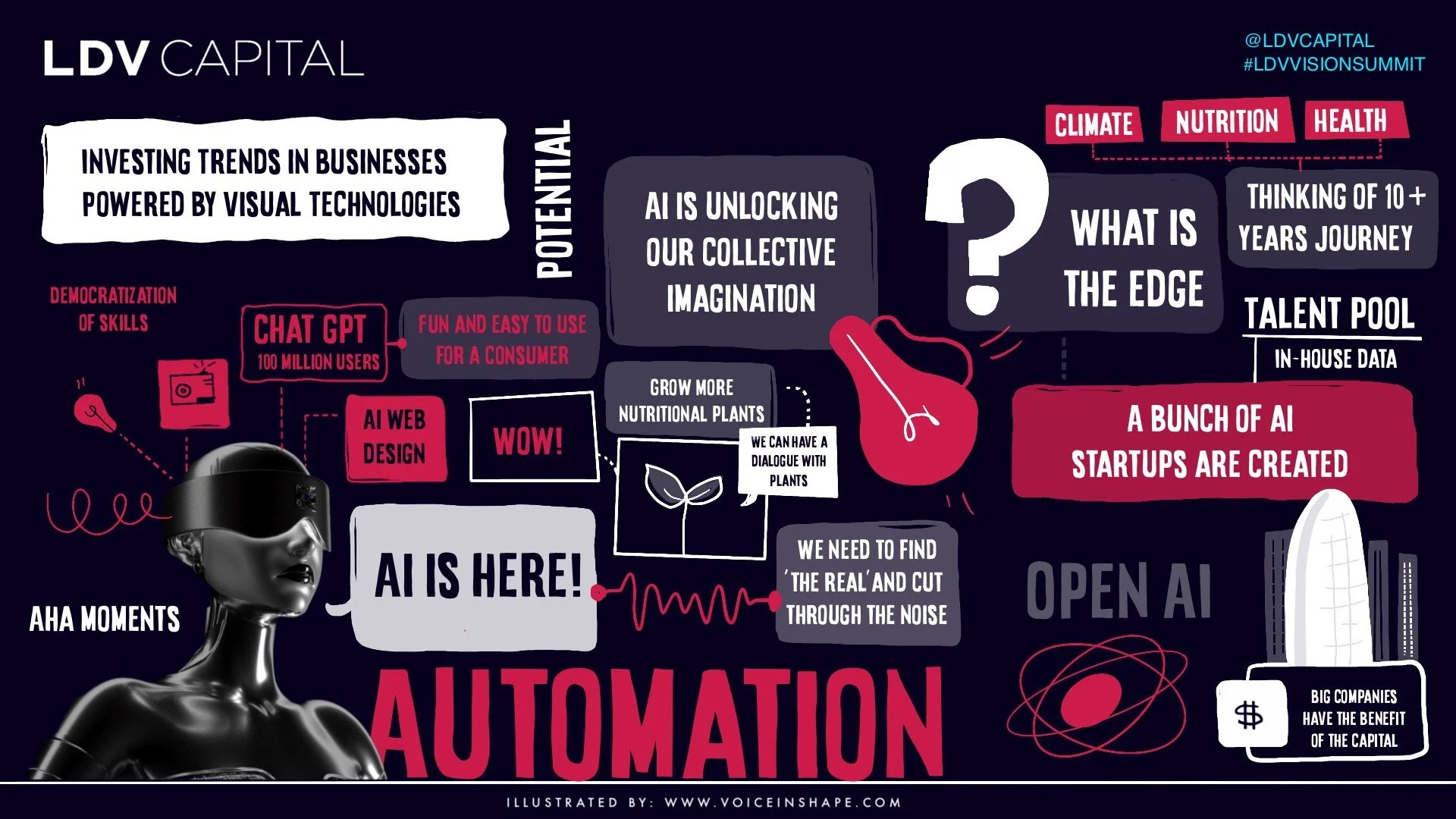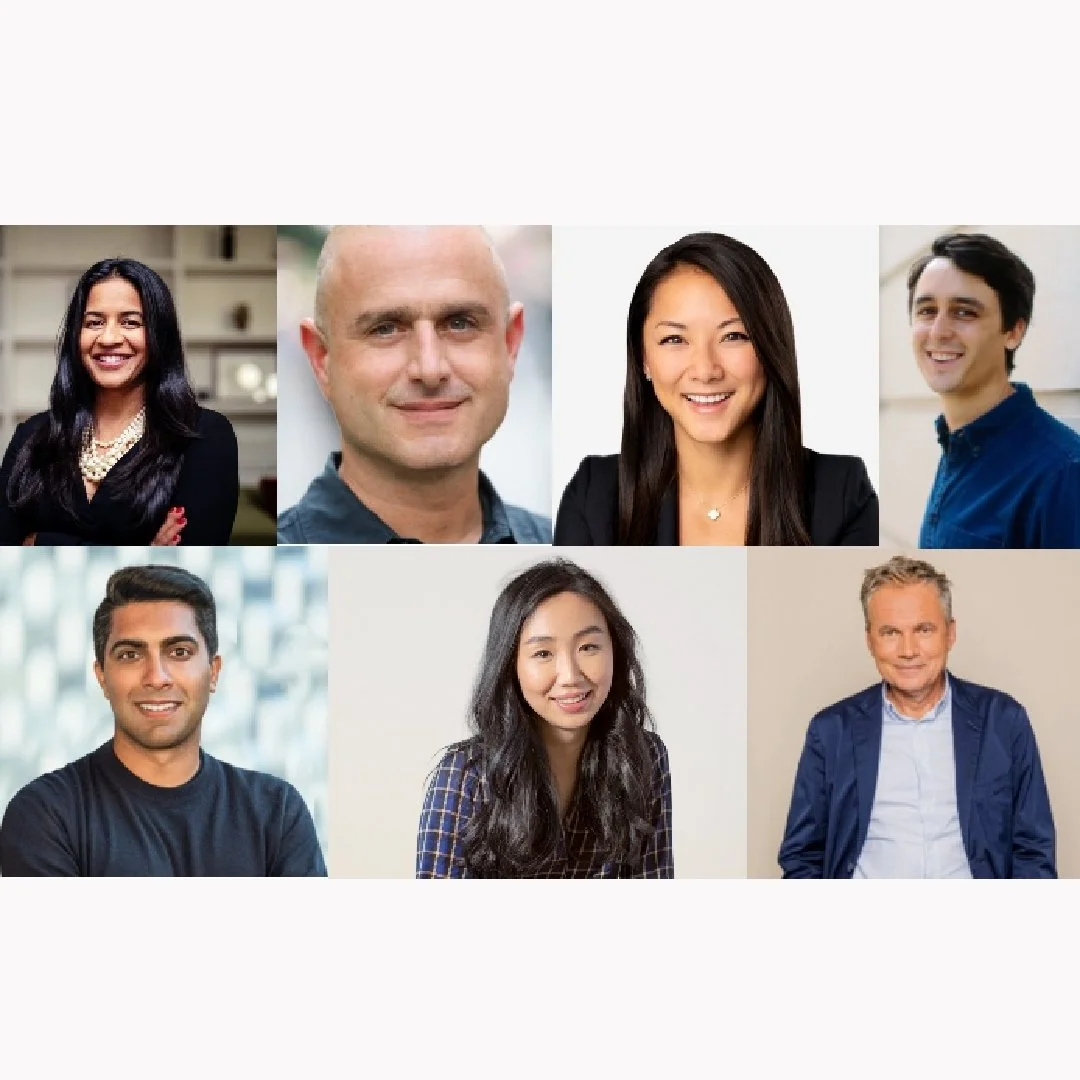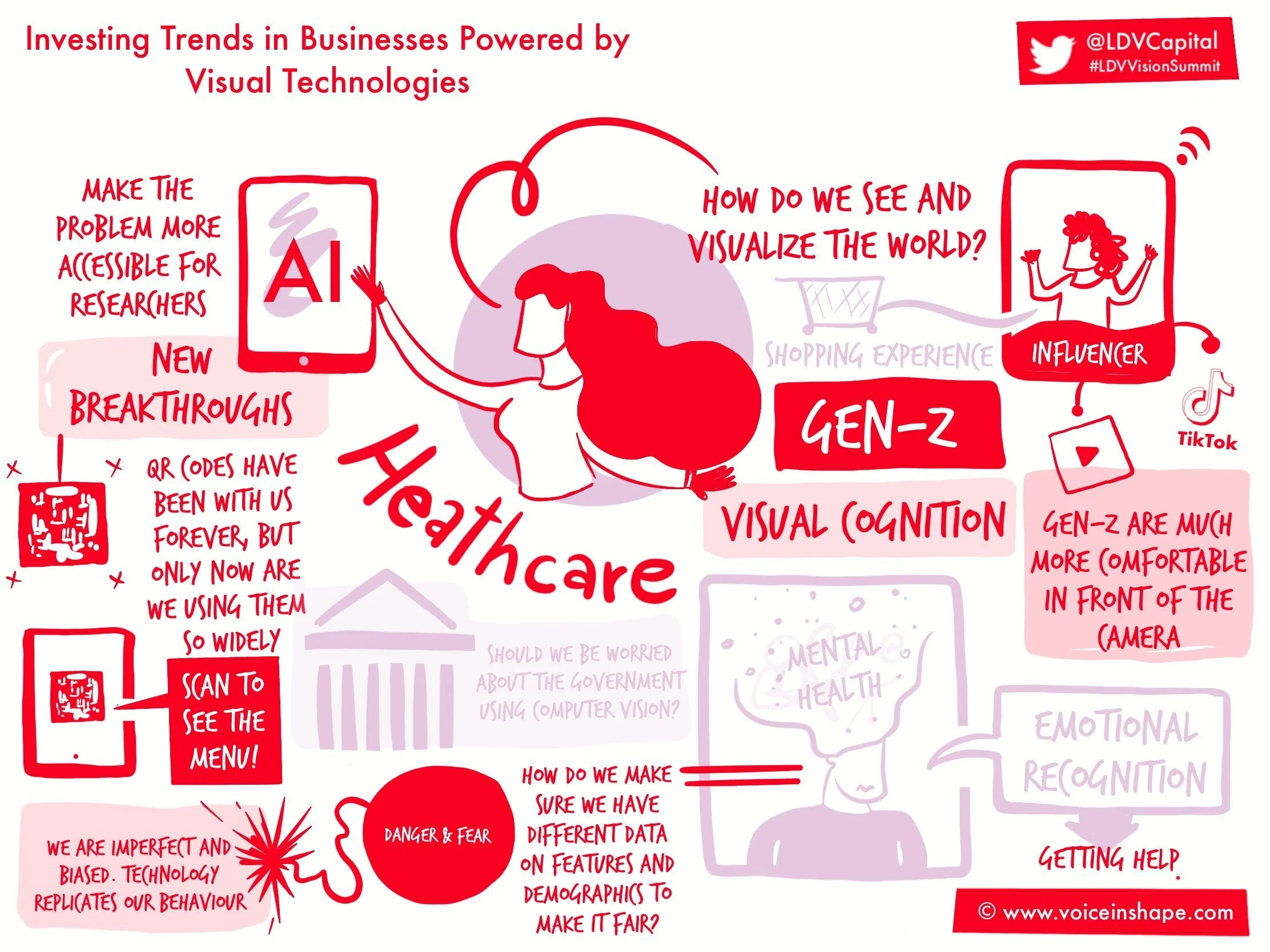Structuring a Sustainable Future: Visual Technology is Advancing the Discovery & Development of New Materials
/The world's brightest fluorescent materials, called SMILES (small-molecule, ionic isolation lattices), hold promise for advancing technologies like solar panels, solid-state lasers, medical imaging devices, and 3D displays. © Amar Flood/Indiana University.
In November 2023, Google DeepMind published a new AI model that uses deep learning to discover new materials faster than ever before. DeepMind’s tool, called Graph Networks for Materials Exploration (GNoME), has already predicted more than 2.2 million hypothetical materials. Over 700 new materials are being manufactured and tested in-lab. Based on combining two deep learning models, GNoME first takes existing molecular structures of materials and substitutes different elements to create new structures. A second model then predicts material stability based on its chemical properties, significantly widening the range of possibilities to be tested via simulations.
GNoME is an example of a state-of-the-art graph neural network (GNN) model, demonstrating how visual technologies are at the forefront of innovation in materials science. Graph neural networks apply the predictive power of deep learning to data structures in order to depict the relationship between objects like lines of a graph. In the case of GNoME, GNNs are modeled on input data that showcase the connections between atoms when visualized in the form of a graph, making this technology specifically suited for materials discovery.
At LDV Capital, we have been the only venture fund investing with the thesis of people building businesses powered by visual technology and artificial intelligence (AI) since 2012. We define visual technology as any technology that captures, analyzes, filters, displays, or distributes visual data across the light and electromagnetic spectrums to solve problems, increase efficiencies, make money, and hopefully improve the world we live in.
Recent advancements such as DeepMind’s GNoME demonstrate the potential of visual technology to scale up the discovery and development of new materials.
Historically, materials discovery and design have mostly relied on trial-and-error methods that are extremely costly in terms of time and resources. This process has also been expensive and time-consuming as it relies on building upon known materials and substituting new elements to see what works.
"Materials are the fundamental building blocks of every product we use, and the frontier of materials technology defines what is possible for humans," says Liam Berryman, CEO of Nelumbo Inc., an advanced nanomaterials company, "Today, the development of new materials is challenged by laborious processes, a lack of predictability, and high overhead costs. New advances in machine learning for prediction and discovery, and automation for synthesis and testing, could radically test this status quo and would provide an incredible benefit for the entire industry."
Since the 2000s, attempts have been made to automate materials development, such as high throughput experimentation and combinatorial materials synthesis, yet humans have still been required for the overall design of experiments, resulting in partially automated workflows. Discovering new materials is also computationally expensive, as the feature space in atomistic learning consists of three spatial dimensions plus all possible arrangements of atoms. According to IBM Research, it takes roughly 10 years and upwards of $10 to $100 million on average to discover a new material with specific properties. Given the vast amount of data required, AI-assisted simulations greatly enhance the rate at which we obtain the energy of many configurations, thus speeding up the whole discovery process.
Breakthroughs in materials discovery accelerated by visual technology are occurring at a time when there is a growing demand for advanced materials.
A-Lab combines automation and artificial intelligence to speed up materials science discovery. © Marilyn Sargent/Berkeley Lab
The next generations of computing and electronics for batteries, semiconductor chips and sensors will rely on the need for materials that can enable the miniaturization of components while maintaining their performance. Additionally, as the world transitions towards a more sustainable future, the rise of cleantech and renewable energy fosters a need for materials that can enable the efficient generation, storage, and transmission of clean energy. The development of lightweight materials for the automotive and aerospace industries is another example of the growing demand for new materials, as stricter regulatory standards for vehicle performance and safety while reducing environmental impacts can be met by reducing the weight of materials while maintaining their performance.
To provide context to how rapidly the materials discovery space is growing, a report published by Georgetown's Center for Security and Emerging Technology revealed that over the past 6 years, AI and materials science topped the list of U.S. federal grants to industry. 59% of companies now use sustainable materials, reshaping industries and demonstrating how the function of materials is evolving from purely economic form to also tackling societal challenges.
When Duracell, the world's leading manufacturer of high-performance alkaline batteries, specialty cells and rechargeables, explored the development of a new longer-lasting battery, they used data gathered from computation out of UC Berkeley and Lawrence Berkeley Laboratory. This became the impetus for the Materials Project, a web-based platform to help researchers better select which materials to synthesize to reduce the trial-and-error process. As well as exploring current materials, the Materials Project creates new material properties by substituting different atoms into a crystal structure template. Every day, millions of data points are accessed through the web-based platform, and initial work led to the development of the commercially available Duracell Optimum battery.
Dr. Molly Gibson, Co-Founder and Chief Strategy and Innovation Officer at Generate:Biomedicines
“It’s more important today than ever to be able to develop new and improved materials and devices at unprecedented pace. I’m excited by the work both by the Google DeepMind team and advancements with A-lab, they represent important steps forward for the field,” says Dr. Molly Gibson, Co-Founder and Chief Strategy and Innovation Officer at Generate:Biomedicines, a new kind of therapeutics company existing at the intersection of biology, machine learning, and biological engineering.
“This moment in time for materials science reminds me of how the protein science field felt 5 years ago when we founded Generate Biomedicines, a Flagship Pioneering company applying generative AI to develop novel protein therapeutics. We are now seeing that emergent statistical properties of materials structure and function can be learned directly from data, and the integration of AI with the right data generation engine to power that AI system will be essential to making bigger leaps.”
What does the future look like for developments in materials science powered by visual tech & AI?
Cutting-edge AI/ML methods have the potential to solve long-standing materials science problems creatively. Generative models are expected to evolve in their coverage of materials classes, extending beyond materials composition to processing and form, and effectively capturing and encoding application constraints. Data challenges will be resolved by techniques such as transfer learning, domain adaptation, and data synthesis that are being utilized to expand the diversity and quantity of training data for modeling. All of this will lead to a more rapid generation of new candidate molecules, chemicals and materials to be widely adopted across most industries.
© ICL, a company developing advanced materials in the field of inorganic phosphorus products and their applications for semiconductor, photovoltaic, and electronic flat panel displays.
In particular, improvements in machine learning will increase the ability of molecular dynamics simulations to simulate nanomaterials realistically. Nanostructures are widely used in nano and micro-sized systems and devices such as biosensors, nano-actuators, nano-probes, and nano-electro-mechanical systems. Nanomaterials are able to exhibit superior mechanical, electrical, thermal and chemical properties than those of traditional materials, and can be applied across sensor applications, healthcare, targeted drug delivery and better agricultural production. Ultimately, growth in the capability to manufacture lighter, stronger, more durable and more reactive nanomaterials will provide enhanced functionality for commercial products.
At LDV Capital, we believe that visual technologies will continue to be the crux of advancements in materials science, across nanomaterials and metamaterials, resulting in the transformation of various industrial, medical and consumer applications. Embedded AI will enable materials to reconfigure themselves autonomously in response to their environment. As sensing abilities and algorithms improve, the full potential of navigating the compositional and configurational possibilities of materials will catalyze widespread transformation for optics, biomarker diagnostics, robotics, 3D printing and more.
Let us know if you are either thinking of building or have already started building a startup leveraging visual technologies and AI in the materials discovery & development space.
This article was written in collaboration with Ash Cleary, Associate at LDV Capital.
New methods for carbon dioxide removal are urgently needed to combat global climate change.
Discovering new materials is key to reducing the cost of carbon capture. However, traditional methods for discovering materials are too slow and can take several years. With the power of AI, this process can be reduced from years to weeks!
At our 10th Annual LDV Vision Summit, Anuroop Sriram, Research Engineering Lead (FAIR) at Meta, spoke about AI at Meta's OpenDAC project. In this project, a team comprising computer vision/machine learning researchers and computational chemists leverages AI and a dataset named ODAC23, consisting of more than 38 million quantum chemistry calculations and associated ML models, to discover new sorbent materials for direct air capture.




